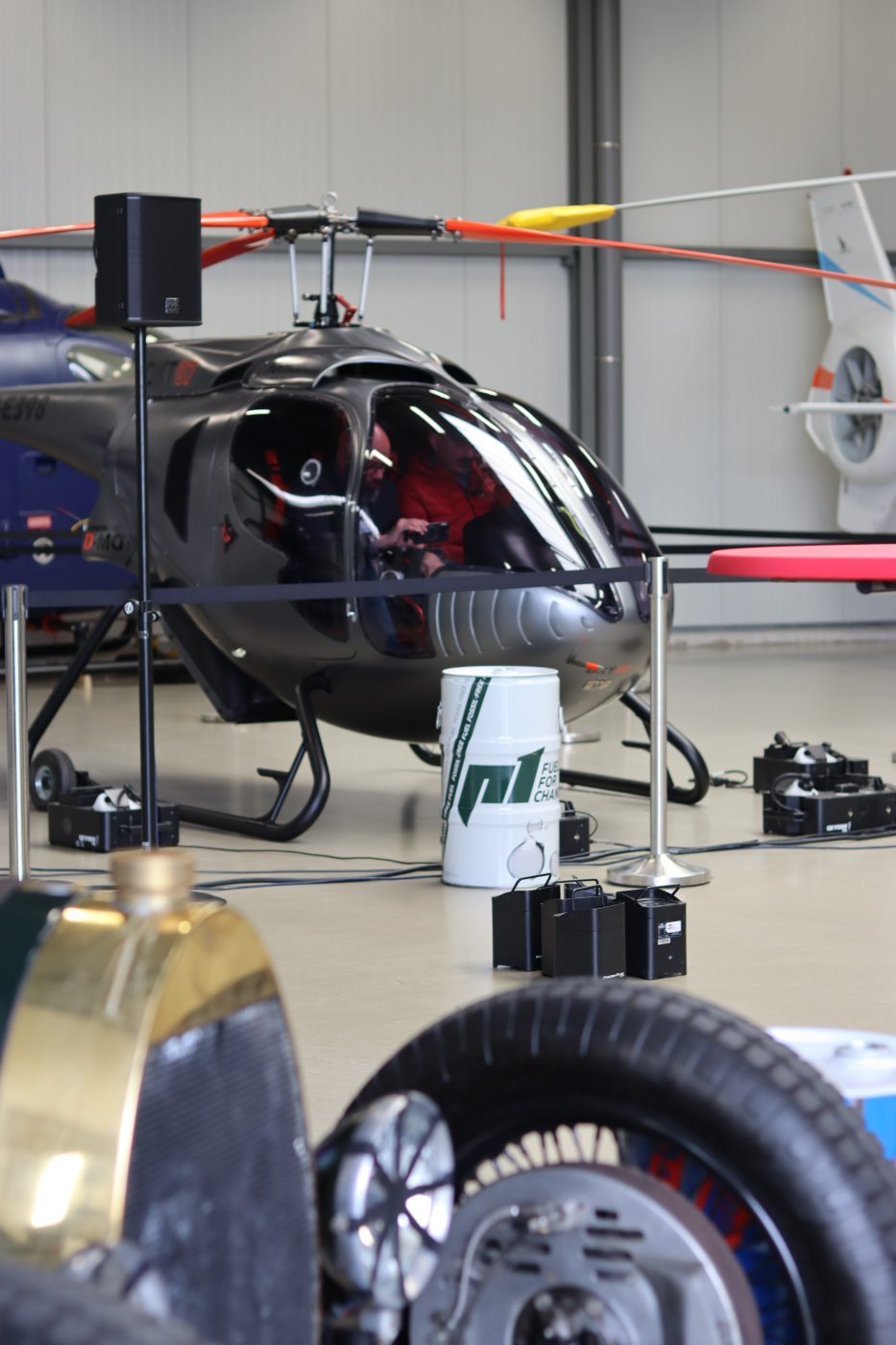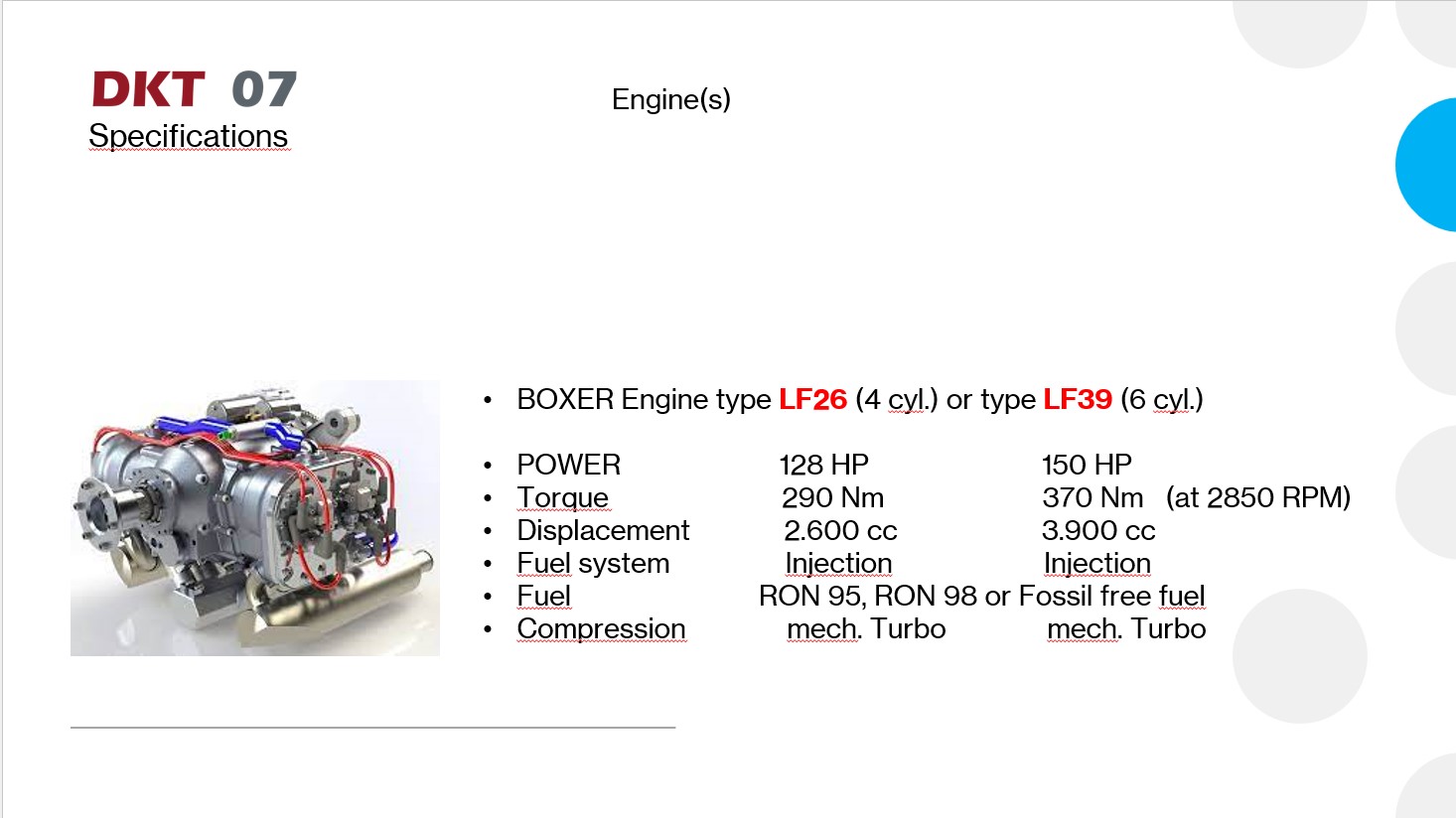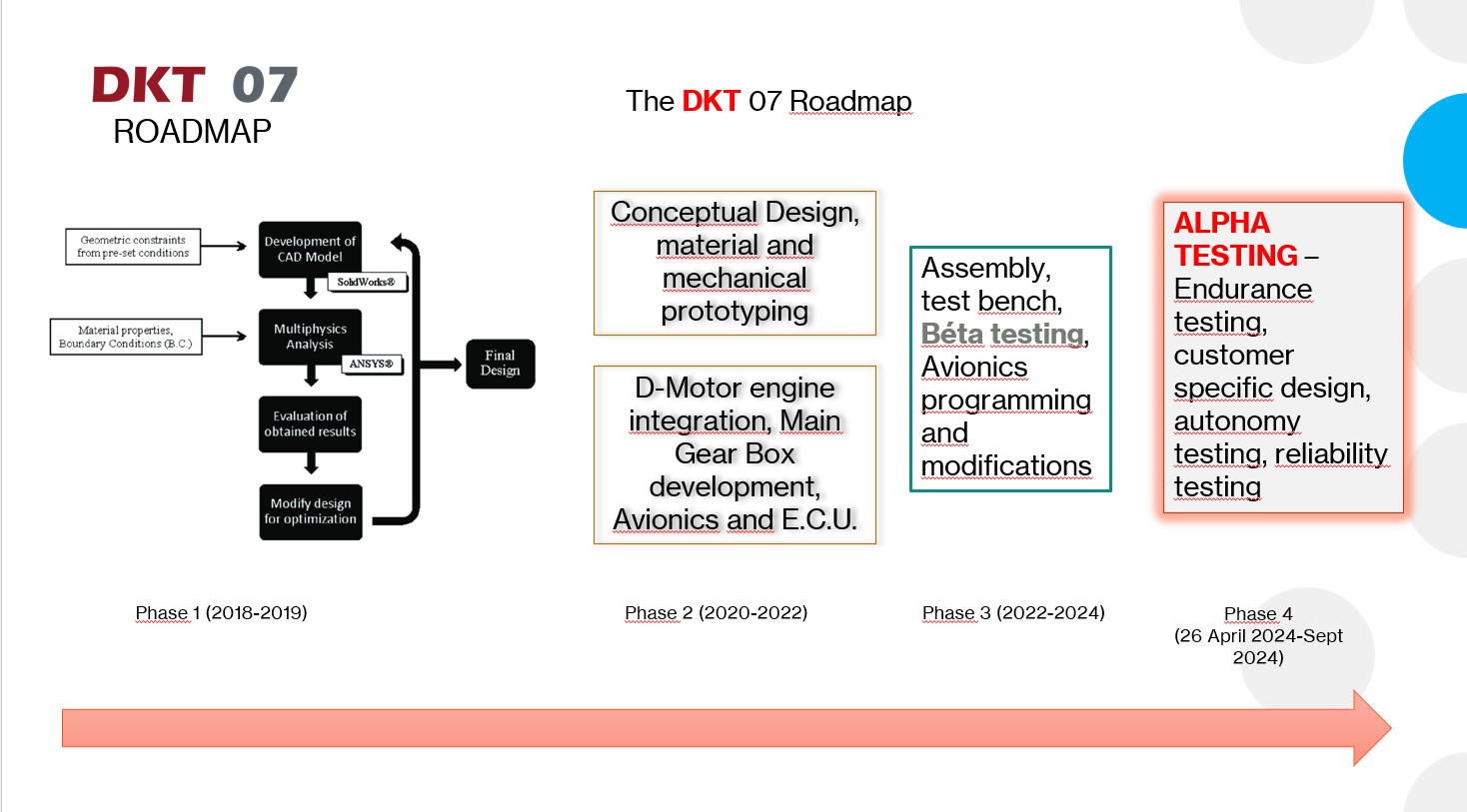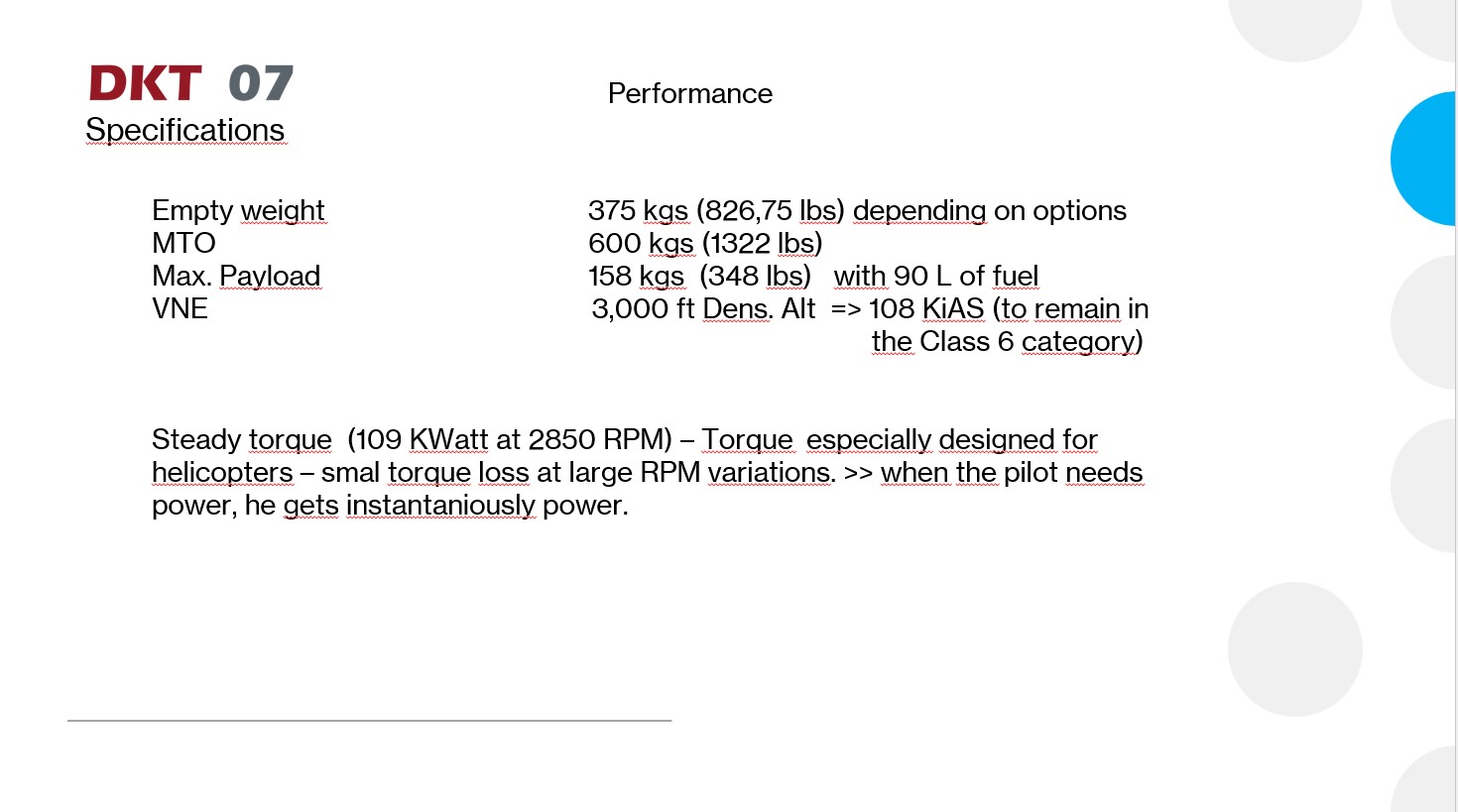On April 26th 2024, Heli-business hosted an event that saw the launch of the D-Motor DKT 07, the first two-seat Ultralight Motorised (ULM) helicopter. This very special helicopter was powered by the D-Motor 150 HP 6-cylinder boxer engine, which delivers 370 nm of torque at 2850 RPM. What makes this helicopter extra special though is that it runs entirely on 100% fossil-free fuel!
For its first test flight, P1 Fuels provided everything this incredible helicopter needed for a successful flight.
Innovative Engine Technology
The Ultra Light Helicopter is powered by the innovative D-Motor, offering options of either the 4-cylinder LF26 engine or the 6-cylinder LF39 engine. Operating at 2850 RPM with a 25% power margin, these engines deliver impressive performance, exceeding 370 Nm of torque. These engines are specifically engineered for helicopter use, driving the three rotor blades through the DKT MGB – a specialised, smart-lubricated D-Motor Main Gear Box that has been tailored and optimised for enhanced efficiency and reliability in helicopter operations.
The DKT 07 is the world’s first helicopter to fly on 100% non-fossil fuel and creates an 80% reduction in CO2 emissions.
The Role of P1 Fuels in Aviation
One of the most interesting aspects of this test flight is the use of P1 fuels, a 100% fossil-free fuel option. P1 fuels is part of a new generation of sustainable fuels that aim to reduce aviation’s carbon footprint significantly. Unlike traditional aviation fuels, P1 fuels can drastically lower the amount of CO2 emissions released into the atmosphere, making it a critical component in the fight against climate change.
The DKT 07 operates on RON 95 or 98 ‘ordinary car fuel’ as well as fossil-free fuel. It has a capacity of 90 litres with an average consumption of 26 litres per hour.
Environmental Impact and Industry Implications
The successful integration of P1 fuels into this ULM helicopter’s operation demonstrates not only the viability of cleaner fuel alternatives but also sets a new standard for environmental responsibility in aircraft design and operation. This development could pave the way for the widespread adoption of greener fuels in both commercial and recreational aviation, which has long been a significant source of carbon emissions globally.
The recent test flight of the DKT 07 is a promising demonstration of the potential for broader application of green technologies in aviation. The flight not only tested the mechanical capabilities of the helicopter and the efficiency of the D-Motor engine, but also showcased the practical use of P1 fuel in real-world aviation settings.




Challenges and Opportunities
Despite the success of the test flight, there are still some challenges to overcome. The production, distribution, and storage of fossil-free fuel, along with ensuring compatibility with existing and future aircraft designs, are areas that need further development. However, the opportunities for innovation and improvement in these areas are vast, with potential benefits that extend well beyond the aviation industry.
Looking Ahead
The successful test flight of the two-seat ULM helicopter powered by a D-Motor and P1 fuel is a positive step towards a more sustainable future, without relying on one single internal combustion alternative. As we look ahead, the continued development and refinement of fossil-free fuels and more efficient engines are critical. This achievement is not just about making aviation sustainable; it’s about reimagining how we approach design and technology to create a cleaner, more sustainable world.

Leave a Reply
You must be logged in to post a comment.